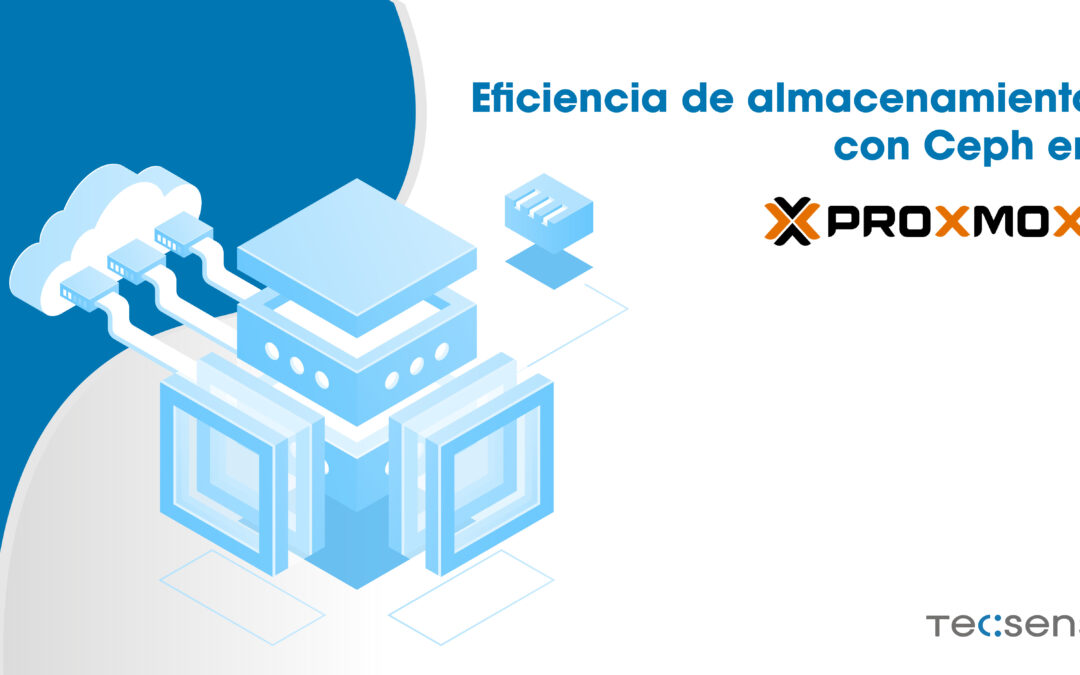In the fast-paced world of virtualization and IT infrastructure management, storage optimization is critical. Ceph and Proxmox are two powerful tools that, when combined, offer a robust and flexible solution for storage needs in virtualization environments. In this article, we’ll explore storage efficiency with Ceph on Proxmox, in your infrastructure.
Ceph Integration into Proxmox
One of the most powerful features of Proxmox is its ability to integrate with external storage systems such as Ceph. This integration allows system administrators to take advantage of Ceph’s advanced storage capabilities while managing their virtualization environments from the Proxmox interface.
Integrating Ceph into Proxmox is done through the Proxmox web dashboard, where administrators can add and configure Ceph storage as shared storage to store VM disks and containers. Once configured, Proxmox leverages Ceph capabilities, such as data replication and load distribution, to improve storage performance and availability.
Benefits of using Ceph with Proxmox
The combination of Ceph and Proxmox offers several key benefits for system administrators:
Scalability
Ceph is designed to scale horizontally, which means you can grow with your infrastructure needs without disruption or downtime.
Redundancy
Ceph uses data replication to ensure data availability and integrity. This means that even in the event of a node failure, the data will still be available.
Yield
Ceph distributes storage load across multiple nodes, improving overall storage performance and reducing bottlenecks.
Flexibility
Proxmox offers a wide range of storage options, including Ceph, allowing you to tailor your storage infrastructure to your specific needs.
Centralized management
By integrating Ceph into Proxmox, administrators can manage both virtualization and storage from a single interface, simplifying management and reducing complexity.
The combination of Ceph and Proxmox offers a powerful and flexible solution for storage needs in virtualization environments. By leveraging Ceph’s scalability, redundancy, and performance capabilities along with Proxmox’s centralized management and flexibility, system administrators can build robust and efficient IT infrastructures that meet the demands of modern workloads.




